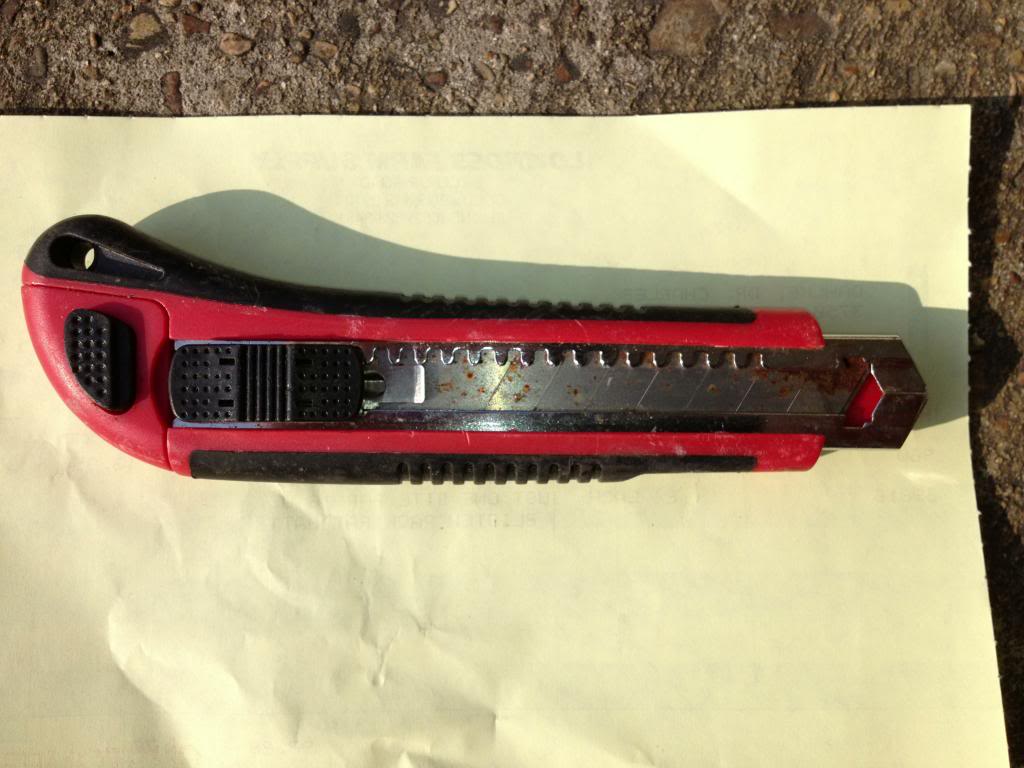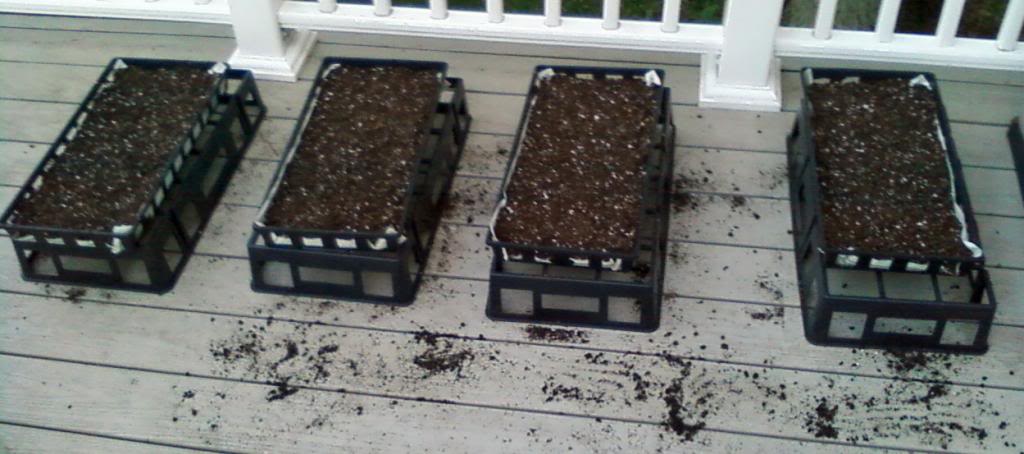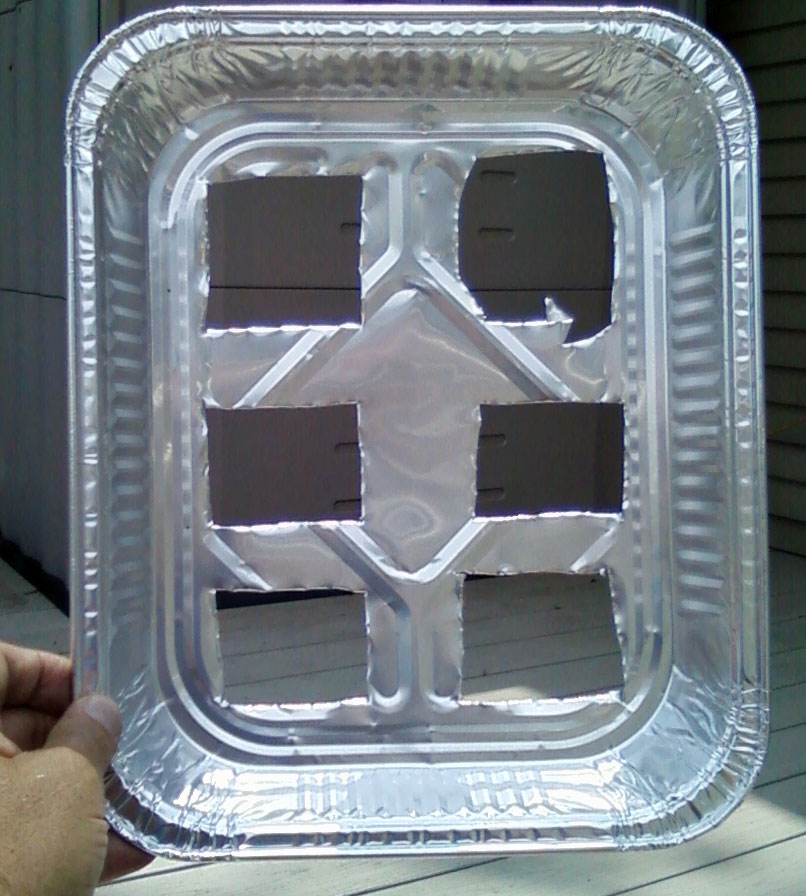yoderjac
5 year old buck +
As many of you know, last year I started a project to convert many of my native American persimmon male trees to female: http://www.qdma.com/forums/showthread.php?t=47890
Thanks to Tickrancher in addition to using scions from one of my few native productive female trees, I was able to use several improved varieties, Prok and 100-45 on a few trees this year.
I still have a few more male trees than I need for pollinators that I will likely graft next year.
So, here is my question:
What are your favorite varieties for deer? What are the specific characteristic of the variety that you like? Are there any varieties you have tried that you don't like for some reason? If so why?
Thanks in advance,
Jack
Thanks to Tickrancher in addition to using scions from one of my few native productive female trees, I was able to use several improved varieties, Prok and 100-45 on a few trees this year.
I still have a few more male trees than I need for pollinators that I will likely graft next year.
So, here is my question:
What are your favorite varieties for deer? What are the specific characteristic of the variety that you like? Are there any varieties you have tried that you don't like for some reason? If so why?
Thanks in advance,
Jack


